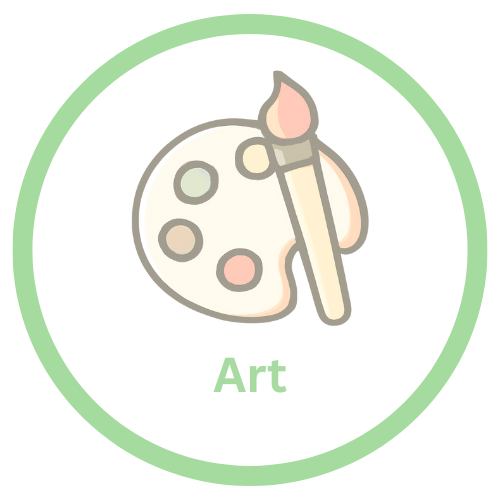Art
What the subject actually covers
- Fine Art, Graphic Design, 3D Design, Photography, Textiles pathways are all possible within one “Art” GCSE/A-Level.
- You learn: observational drawing, sketching & rendering, colour theory, model-making, digital illustration (Photoshop/Illustrator), design thinking, portfolio presentation, critical analysis, and often basic prototyping (card modelling, foam, clay, laser-cutting basics).
- Heavy emphasis on the design process: research → concept development → refinement → final outcome + evaluation.
How useful it is for Engineering, Design & Manufacturing (real-world view)
Very useful – especially if you want to go into product design, industrial design, automotive/aerospace design, UI/UX hardware, or any consumer-facing engineering role. Employers and universities repeatedly say Art is one of the best complementary subjects to STEM for these paths.
Specific advantages
- Sketching & visual communication: Mechanical engineers and industrial designers still start almost every project with quick marker renders and sketches – the ability to draw an idea in 3D convincingly is a massive advantage in interviews and meetings.
- Portfolio power: Degree apprenticeships and jobs at Dyson, JLR, Rolls-Royce, BAE Systems, Aston Martin, Apple (UK design teams) often ask for a portfolio. Art gives you one ready-made.
- Creativity + technical balance: Top product/design engineering courses (Loughborough, Brunel, Coventry, Imperial’s Design Engineering, Dyson Institute) actively look for Art + Physics/Maths combinations because they want people who can invent as well as calculate.
- Rapid prototyping mindset: You’re already used to iterating ideas quickly with physical or digital mock-ups – exactly what modern manufacturing (Design for Manufacture & Assembly, DFM/A) demands.
- Software crossover: Many Art students are already confident with Adobe suite, Fusion 360 render plugins, or KeyShot – tools used daily by design engineers.
Bottom line for this gateway
- If you’re aiming for pure mechanical/civil/electrical engineering → Art is helpful but not essential.
- If you’re aiming for product design, industrial design, design engineering, automotive styling, aerospace interiors, consumer goods, or any role where “how it looks and feels” matters → Art is genuinely one of the most powerful subjects you can pick alongside Physics/Maths/Engineering.


